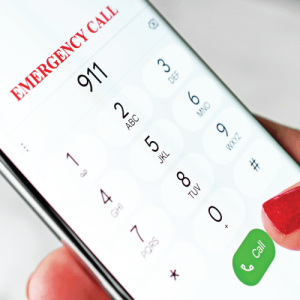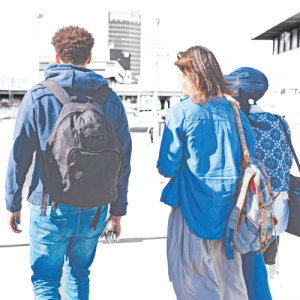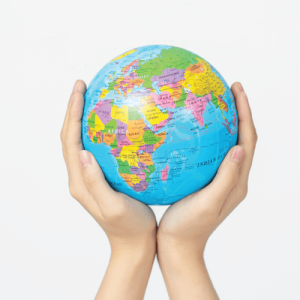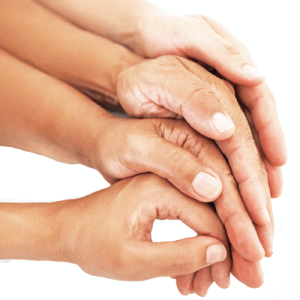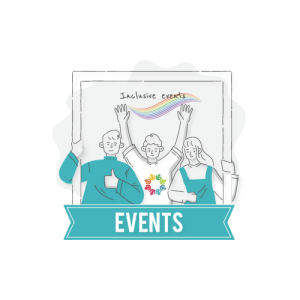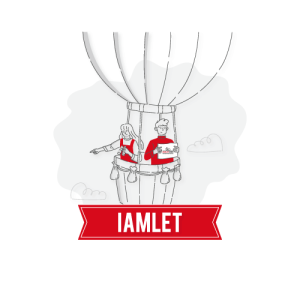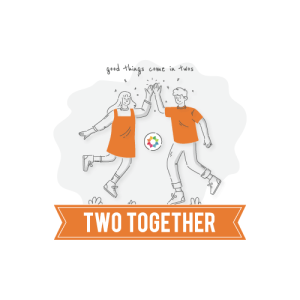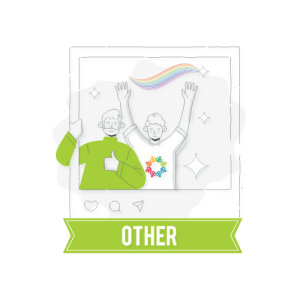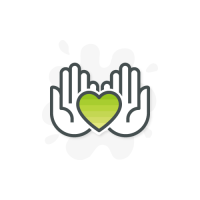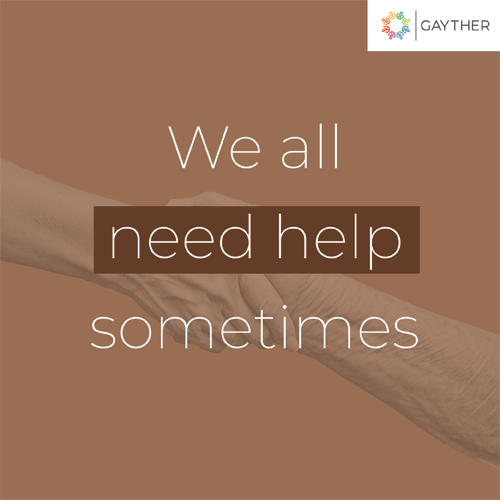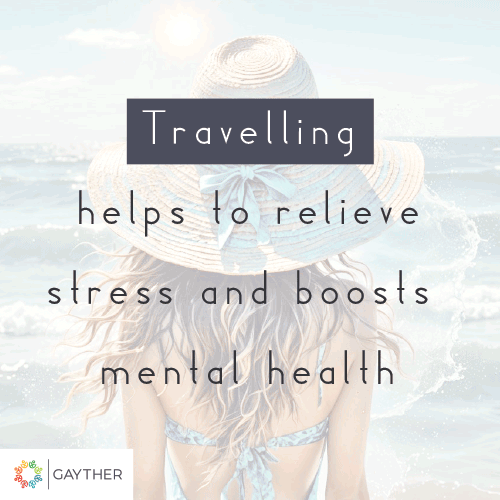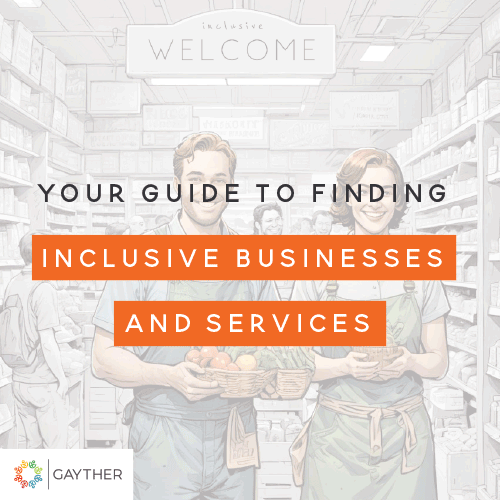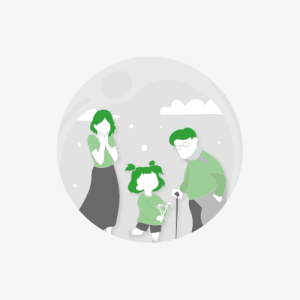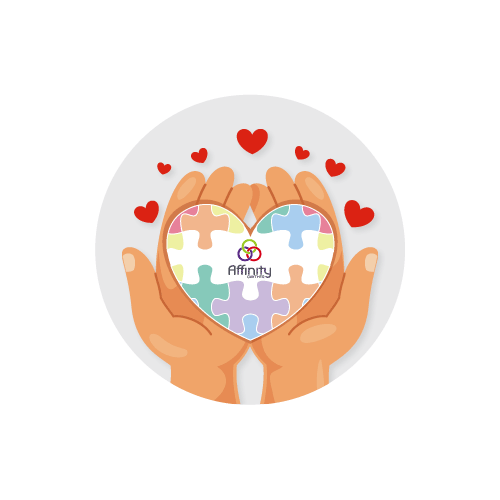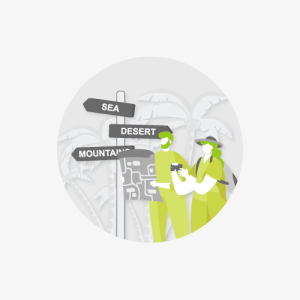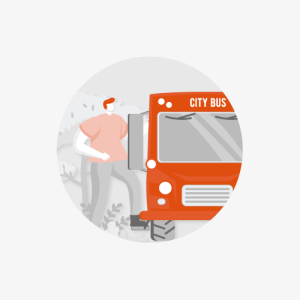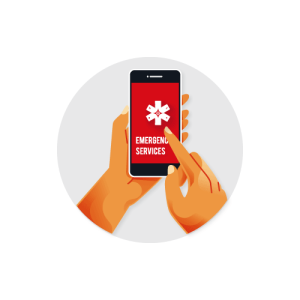
Youth

The transition from youth to adulthood is often liberating, moving away from being told what to do by their elders. Hitting a milestone in which they are independent and in control to make their own life decisions. Simply put, the youth today are the leaders of tomorrow
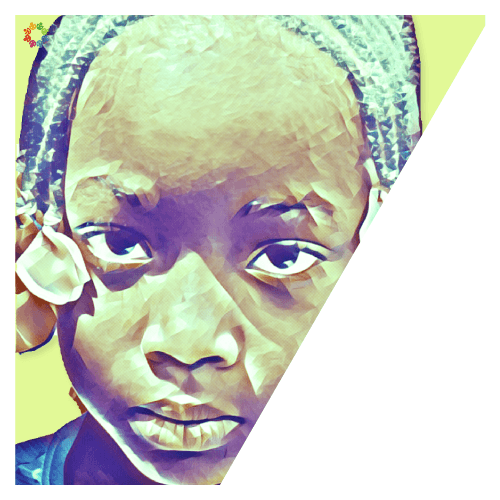
Human biology means that our bodies will likely undergo a physical reaction whenever we try something new. A biological response causes us to feel nervous or even sense danger (fight or flight response). The more we do something, the more experienced we become and the less fearful we think of it. Young people will likely experience many things for the first time. They will typically confront each new experience using their instincts and what they have already been taught.
The lack of life experience means that those under 18 years of age will rely on their parents or guardians to make decisions concerning their daily lives and overall safety. In most countries, minors or those under age are under the protection and the sole responsibility of their guardians. Those with legal responsibility for their care will decide how they are brought up, where they live and how they are educated.
As individuals grow older and begin to understand their environment and the world around them, many may challenge or disagree with the views or how their parents or guardians live their lives. Most youths will likely experience a rebellious stage during their lifetime, typically during their teenage years. For most children or young adults, this stage of their life passes; however, it can result in rejection, homelessness, or worse for others.
During a child’s or teenager’s late teens, they will experience true independence. The right to vote, to serve their country or even to have consensual sex are all freedoms young adults will eventually experience.
Most of today’s youth will take what they have learnt from their family, environments and society. They take much of what they are taught and either accept, reject or improve their views, opinions and behaviours. They, in turn, will pass down their interpretations and ways of doing things to the next generations.
AGES 0-4 YEARS
652.7 million or 8%
AGES 5-9 YEARS
678.9 million or 8.4%
AGES 10-14 YEARS
675.9 million or 8.3%
AGES 15-19 YEARS
643.2 million or 7.9%
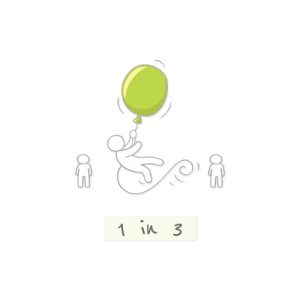
1 in 3 or 2.7 billion

The first age group is typically from birth until a child starts formal education in most countries. The youngest age group of all youths and one that is most vulnerable, these infants rely on their parents or guardians to protect, feed, support and take care of all their needs. Babies and children within this age group will be in the early stages of their development. They typically start understanding and forming words as they develop their language skills. This group covers an age range from birth up until four years. Typically, children within this age range will:
- be in the early stages of their social and emotional development, as they start making sounds, mimicking words and talking, learning anything between 300 and 1,000 words
- double in size and quadruple in weight as they go from baby to preschooler
- begin developing hand-to-eye coordination, mastering skills such as crawling, sitting, walking and even using the toilet
- need a lot of sleep, often 12 hours or more, and will need good nutrition, routines and rituals to help keep them feeling secure and safe and aid their growth and development
- become more self-aware, will love to explore their environment, will recognise themselves in the mirror and becomes more expressive facially and with their emotions
Average LGBTQIA+ development

- become more independent from their parents or guardians, learning empathy and the ability to see another person’s perspective
- further develop their social skills, integrating and working within social dynamics. Children of this age will also start experiencing peer pressure
- begin displaying a range of feelings and emotions, with the growing need for some privacy for their elders
- begin to form opinions based on what they have heard and will have a sense of right and wrong
- become more aware of the difference between the genders, and may begin to feel non-sexual attraction to others
Average LGBTQIA+ development
Any opinions passed down will influence a child’s perspective, resulting in some children teasing others who act differently from the perceived norm. Many LGBTQIA+ children start becoming aware that they feel different at this stage. However, they will often not know how to understand their thoughts and feelings at this stage.
For rural communities, countries traditionally more conservative, many views and opinions regarding the LGBTQIA+ community are based on stereotypes and misinformation. The lack of understanding can often lead to older generations passing down long-held views and opinions to children who may be confused about who they are.
Repeatedly being told or made to feel how they are thinking and feeling is wrong. Words hidden behind veiled threats that should the child act on these feelings in the future would likely result in them being disowned or rejected by those closest to them. All factors create conflict and confusion among young children.
WORLD
2.7 billion or 33%
out of the 8.1 billion people worldwide
AFRICA
748.8 million or 28.2%
THE AMERICAS
293.8 million or 11.1%
ASIA
1.4 billion or 54.3%
EUROPE
154.3 million or 5.8%
OCEANIA
13.7 million or 0.5%
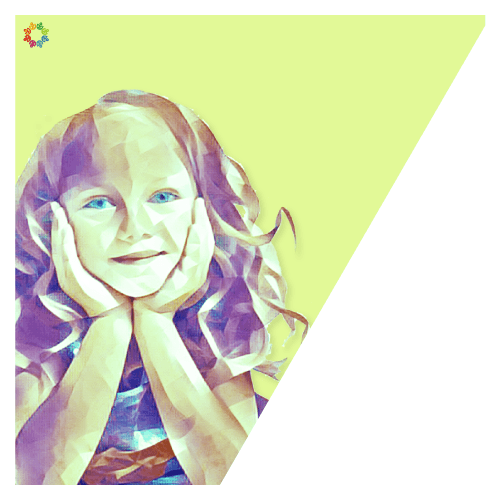
- start to become more hormonal, with frequent mood swings, often struggling to handle their emotions and likely suffering from depression
- see accelerated periods of growth, where they will grow in height and where their weight may increase or fluctuate
- start becoming more independent, relying less on family and turning more to their friends and peers for support and guidance
- start becoming more sexually aware, feeling attraction towards others and begin to experience physical, sexual arousal
- continue improving their cognitive skills with problem solving and reasoning
Average LGBTQIA+ development

- begin thinking about their future, about their long-term goals and objectives
- likely begin forming committed romantic relationships, including more intimate ones, physically and sexually
- become more independent, spend more time away from the family, move out and go off to college
- become more in control of their emotions, and the growth spurts that occurred during puberty will begin to slow
- become better at communicating and at reasoning, including being able to explain their choices, those good and bad
Average LGBTQIA+ development

Ultimately, teaching children more progressive subjects without resolving their parents’ concerns will expose more vulnerable children to negativity at a younger age. Likely, children will already be confused about how they think and feel, confronted by their parents’ views and beliefs much earlier than they might have had otherwise. Instead, it is important to address why parents are concerned and to educate them better.
Typically, the first question these parents raise is whether learning about or being exposed to LGBTQIA+ people will influence a child or cause confusion. The simple answer is no. LGBTQIA+ education is new, and many community rights and freedoms have only significantly improved over the past twenty years. So, was there no gay, bisexual or transgender people without this type of education? Again, the answer is no. If a child is confused and potentially gay, bisexual, transgender, or any other non-traditional gender or sexual identity, nothing or no one will change that. No one is to blame, and there is nothing wrong; the child is just made that way.
Some adults and even children might be curious or even experimenting sexually. Most will know early on in their lives that they think and feel differently from the so-called norm. It is not a sin, curse or blight; they are the same person that has always been. Instead, it is who they are attracted to or how they identify that has changed and nothing else.
LGBTQIA+ education is essential, but more from accepting who you are and how you feel and less from labels or defined gender roles. The more a parent or guardian resists, the harder it becomes for that child or adult to accept themselves, making their journey longer and more complex.
Not accepting who they are might make it a little harder for them in the future, but the youth are the priority, not how others think or act towards them. Simply put, LGBTQIA+ people cannot change who they are. Instead, the only thing they can learn is how to hide and suppress how they think and feel, effectively living an unhappy lie.
The second question is whether more youths identify as LGBTQIA+ than ever before. Over the past year, several news items, stories, and articles have reported that those who identify as millennials also identify as LGBTQIA+ in more significant numbers. Many see the increase as some form of LGBTQIA+ ideology, almost cult-like or as a trendy fad.
People fail to see that it is more likely that those born after the year 2000 have grown up in environments where they have the freedom to accept who they are and live without fear of persecution. With growing acceptance, understanding and progressive anti-discrimination laws, more people can be honest with themselves and everyone around them about their sexuality and gender identity.
Ultimately, there are not more than ever before. Instead, more people have the freedom and confidence to accept and be with whomever they wish without fear.
With over one thousand data points relating to weather stations worldwide, hundreds of LGBTQIA+ country and state travel guides, as well as community-related articles, fun and games, there is something for everyone on Gayther. Help your friends, followers or customers by including a badge or any one of the hundreds of colourful QR Codes within your newsletter, blog, vlog or website to direct them to resources that relate directly to you or your business or service. Discover QR Codes and Gayther Badges today

The reasons for youth homelessness are typically due to: –
- Being rejected by their families, with 46% of homeless youths running away after rejection and 43% evicted from their family home due to their sexuality or gender expression
- Discrimination by private landlords and evictions from public housing due to their sexual orientation
- In a survey spanning 115 countries of the 3,340 young gay men interviewed, 24% had no stable housing
- LGBT youths, compared to heterosexual adolescents, are more likely to: –
- have a major depressive episode
- suffer from a posttraumatic stress disorder
- have suicidal tendencies
- become dependent on illegal substances such as cocaine, crack, or methamphetamines (Keuroghlian, Shtasel and Bassuk 2014)
Many vulnerable youths are forced to live in hostile environments and will likely face many difficulties. Many children face the rejection of their families and loved ones to homelessness, targeted by criminals while living on the streets. Ultimately, this leads to hopelessness and difficulty accepting who they are, causing many youths to take their own lives, let down by society.
The World Health Organisation (WHO) compiles a mortality database detailing information relating to the causes of death in any given year. Looking at data collated over seventeen years (2000 to 2016): –
- The average suicide rate amongst young individuals aged 10 to 24 years was 3%
- For youths aged from 10 to 14, the suicide rate was 1.6% (an average of 1,500 deaths each year)
- For adolescents aged from 15 to 19, the suicide rate was 3.2% (an average of 8,099 deaths each year)
- For young adults aged 20 to 24, the suicide rate was 3.3% (an average of 13,050 deaths each year)
- Suicide rates amongst the age group (10-24 years old) have increased each year by an average of 0.2%, and comparing 2016 to 2000; the rate has increased by 2.6% (which is now 5% in 2016)
- 55.3% of suicides amongst the young occurred in the Americas, followed by Asia at 21% and Europe at 20.8%
- Young men accounted for a massive 75% of all suicides worldwide. The percentage of young men was higher in Europe at 80% and in the Americas at 76.1%
Homeless, living on the streets, where many underage children face being taken advantage of by adults to obtain food and shelter. Rejection by their guardians and their education suffer because their families cannot accept one part of what makes them who they are. Whatever the reasons the parents or guardians may have, they surely should be outweighed by the desire to love, protect, and ensure that their child or any child they have known since birth is happy and healthy.
If a person believes their faith justifies the treatment of their child based on the concept of sin. If sin exists, is the rejection and persecution of a child more important than that child’s safety, happiness, education and ultimately the value of their life? No event or circumstance can justify treating children in such a brutal and unloving way.
Gayther...your community resource
Three dedicated websites offer various tools, services, guides, and much more. Free tools and services tailored toward all groups within the global LGBTQIA+ community
There are thousands of events taking place, it is not always easy to know what is going on and when, Gayther can help
Discover more about the extensive tools, services and guides available on Gayther. From country and regional guides to LGBTQIA+ community resources, learn more about all that Gayther has to offer

